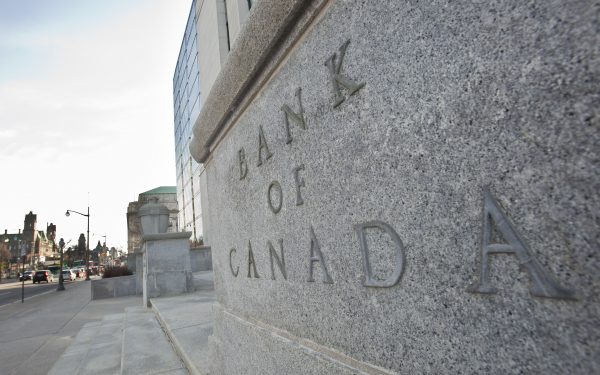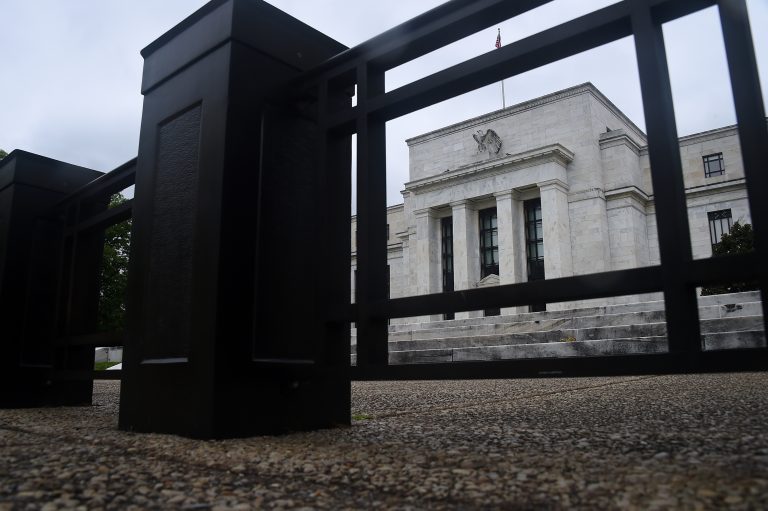News analysis
On March 7, U.S. President Joe Biden signed an executive order (EO) instructing numerous government agencies to begin research on the possible uses and regulations for a Central Bank Digital Currency (CBDC).
The executive order reads, “My Administration places the highest urgency on research and development efforts into the potential design and deployment options of a United States CBDC.”
David Yermack, a professor and the chair of the finance department at New York University told NBC News, “It’s not a question of if but when,” the U.S. will adopt a CBDC adding that, “Once the central banks start co-opting the technology, it’s pretty much game over.”
The EO directs agencies to submit reports within 180 days on a variety of issues surrounding digital currencies from design and security to financial and societal impacts.
Success
You are now signed up for our newsletter
Success
Check your email to complete sign up
In addition, the EO requires the Treasury Department and the Office of the Attorney General and Federal Reserve to collaborate to produce a “legislative proposal” to create a digital currency within 210 days or about 7 months indicating that the deployment of a CBDC is not something that will be implemented in the far off future but may be imminent.
According to NBC News, a senior administration official told reporters, “We know the implications of potentially issuing a digital dollar are profound. They’re extraordinarily wide-ranging.”
Digital currencies are widely supported by the World Economic Forum (WEF) that says “leaders must help develop and regulate them effectively in order for people to harness their benefits safely and securely.”
Following the issuance of the EO, voices have emerged in opposition of the creation of a CBDC with many calling the move “dangerous” while some say that U.S. citizens should be “very worried.”
Why you should be worried
Justin Haskins, director of the Socialism Research Center at the Heartland Institute and co-author of the New York Times bestselling book, The Great Reset: Joe Biden and the Rise of Twenty-First Century Fascism, penned an opinion piece published by The Hill entitled “Biden is planning a new digital currency. Here’s why you should be worried” raising several concerns around the U.S. implementing a CBDC.
Haskins is concerned that should the U.S. adopt a digital currency ,like the one Biden’s EO calls for, that it would be “one of the most dramatic expansions of federal power ever made, one that could put individuals and businesses in grave danger of losing their social and economic freedoms.”
The Biden Administration, in a background press call, has said that the creation of a new digital currency will be in partnership with “all stakeholders — including industry, labor, consumer, and environmental groups, international allies and partners.”
Haskins questions why there is a need for labor unions, industry organizations and environmental groups to be involved in the creation of a U.S. CBDC, “unless, of course, there is a plan to program the currency to advance various causes special interest groups care about.”
The implementation of a CBDC has the potential to transform the banking and financial industry in profound ways.
Yermack suggests that financial transactions would flow directly to and from the Fed, dispensing with the need for banks to maintain payment systems. A CBDC could potentially eliminate retail banking, threatening hundreds of thousands of jobs.
CBDC must mitigate climate change
Biden’s EO states that policies surrounding the U.S. CBDC must mitigate “climate change and pollution” and promote “financial inclusion and equity.”
Haskins points out that the EO mentions “financial inclusion” five times and the terms “equity” and “climate change” are mentioned a total of four times each.
In 2021, David Andolfatto, a senior vice president and economist in the St. Louis Fed’s Research Division, when asked if the Fed could “assure us [the public] that these digital currencies won’t ever be used to tell us when, how, [or] where our money can be spent” replied, “In life one can’t give absolute assurances of anything,” a response Haskin’s referred to as “stunning.”
A CBDC should not be confused with cryptocurrency like Bitcoin, which operates on blockchain technology and is decentralized by design. “No group or individual can truly control cryptocurrencies once they are launched,” Haskins asserts.
However, a CBDC is fully traceable and programmable. The Fed, hypothetically, would have the ability to forumate as many rules around the currency as it sees fit and potentially formulate restrictions built into its design.
A CBDC could be crafted in such a way as to give bonuses to people for spending in a particular business, or could prohibit users from spending too much on particular products. In an extreme scenario Haskins says a CBDC could facilitate the redistribution of wealth.
In a report, published by the Federal Reserve in January 2022 the Fed even went as far as to consider a possible “design choice” that could limit the amount of CBDC someone could hold.
While the Fed says the U.S. CBDC should “complement, rather than replace, current forms of money and methods for providing financial services,” the implementation of one could give the federal government or the Fed control of much of society and the economy, representing a transfer of power unprecedented in modern times.
Read More:
- Understanding Alberta and Ontario Digital ID Systems
- In Canada, Implementation of Digital ID Lays Foundations for China-style Social Credit System
- This Social Credit-Style Digital Currency App Tracks User Eye Movements to Ensure Ads are Watched
- Ukraine Is Quietly Unveiling Digital Currency and a Social Credit System

Numerous countries implementing a CBDC
Numerous countries are moving forward with research into the deployment and use of digital currencies, or have already implemented one, not unlike the digital renminbi, also referred to as the digital yuan, that has been deployed in Communist China.
According to a report, published by Investopedia on March 11, “The number of countries considering launching a CBDC has soared in the past two years.”
According to data, supplied by the Atlantic Council, a total of 91 countries are exploring CBDCs or have implemented them.
To date, nine countries have launched CBDCs, 15 are piloting them, 16 countries have one under development and some 40 other countries are researching them.
Of the nine countries that have implemented a CBDC eight of them are located in the Caribbean and Nigeria is the ninth one being the first African country to issue a CBDC, the e-Naira.
Canada’s central bank, the Bank of Canada (BoC), according to its website, has been researching the benefits and risks of digital currencies for some time.
The BoC claims the research is part of its “contingency planning to be ready to issue a CBDC in the future if the need were to arise.” However, last month, the BoC and the Massachusetts Institute of Technology (MIT) announced a joint Central Bank digital currency collaboration.
The collaboration is expected to last 12-months and aims to “explore how advanced technologies could affect the potential design of a CBDC, building on the DCI’s [Digital Currency Initiative] ongoing research into CBDC.”

















